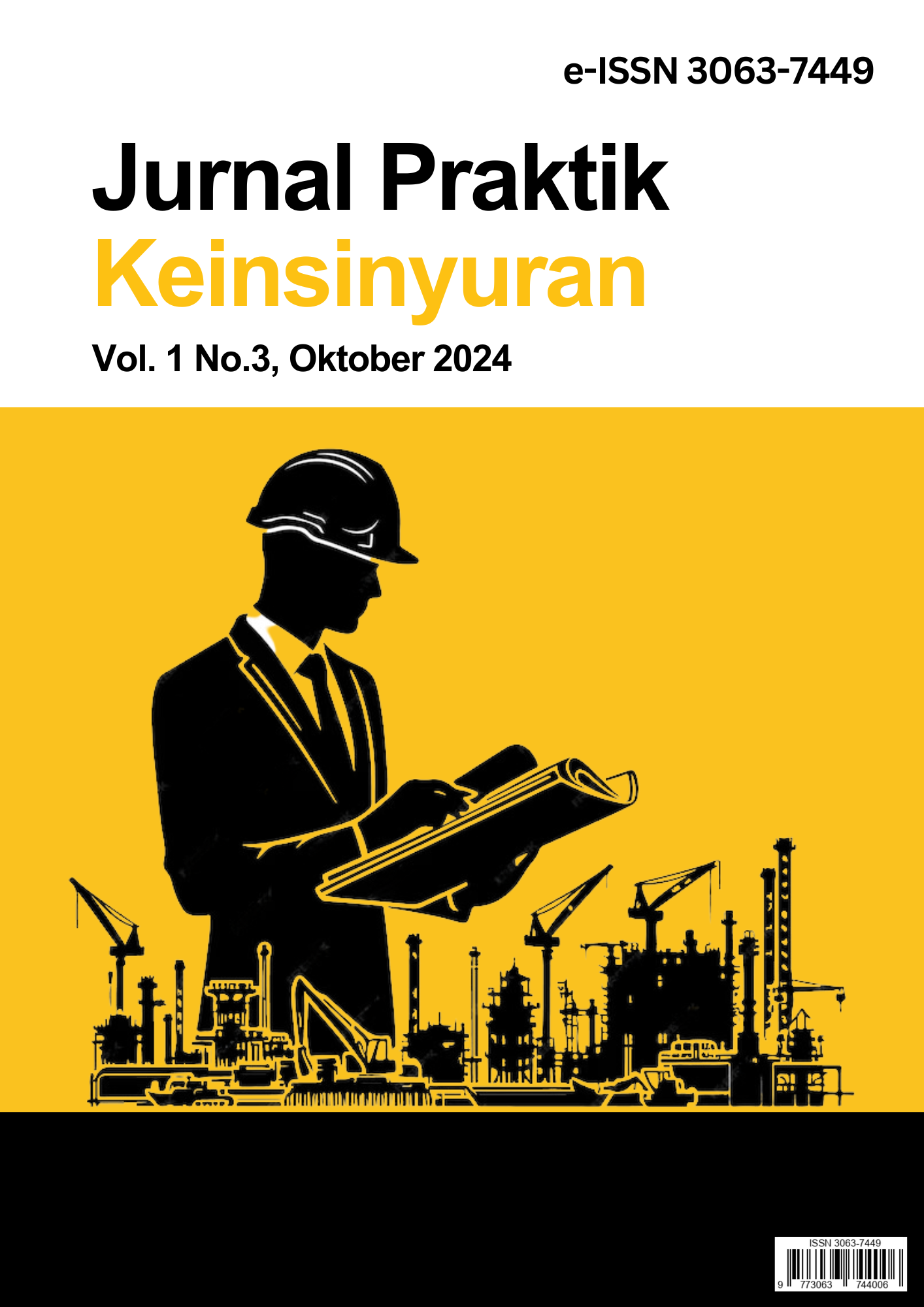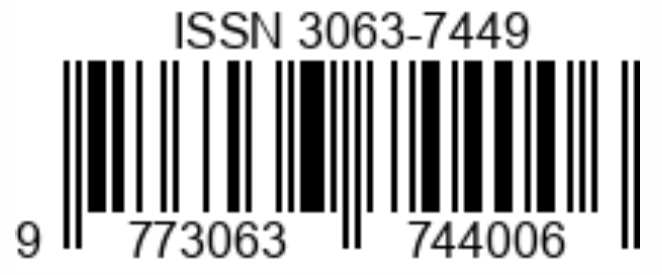Korelasi Antara Kekasaran Permukaan Rel dan Tingkat Kebisingan di Dalam Kereta MRT Jakarta
DOI:
https://doi.org/10.25170/jpk.v1i03.6352Keywords:
Rail Roughness, Rolling noise, MRT Jakarta, ISO 3095, ISO 3381Abstract
This study analyses the rail roughness of the Jakarta MRT system and its impact on interior noise in trains. The interaction between the wheels and the rails, especially the surface roughness, plays an important role in the formation of noise, known as rolling noise. This study aims to measure the rail roughness using the CAT Corrugation measuring instrument and analyse the relationship between rail roughness and noise levels using ISO 3095 and ISO 3381 standards. The results show that noise levels increase with increasing rail roughness. Mitigation of roughness at certain wavelengths can reduce noise, focusing on the range of 400 Hz to 2500 Hz. Recommendations for rail maintenance to maintain roughness in accordance with ISO standards can help reduce the impact of noise on passenger comfort in trains.
References
1. ISO 3095. (2013). Railway Applications - Acoustics - Measurement of Sound Emitted by Rail bound Vehicles. Switzerland: International Organization for Standardization.
2. ISO 3381. (2021). Railway Applications - Acoustics – Noise Measurement inside Rail bound Vehicles. Switzerland: International Organization for Standardization.
3. Popović, Z., Mićić, M. & Lazarević, L. (2022). Guidelines for Rail Reprofiling. Transportation Research Procedia 63, 2562-2570.
4. Peng., H., Yao, Y., Cai, X., Zhong, Y., & Sun, T. (2021). Field Measurement Analysis and Control Measures Evaluation of Metro Vehicle Noise Caused by Rail Corrugation. Applied Science, 11, 11190.
5. Thompson, D.J. (2008). Railway Noise and Vibration: Mechanisms, Modelling and Means of Control. Netherland: Elsevier.
6. Vincent, N., Bouvet, P., Thompson, D.J., & Gautier, P.E. (1996). Theoretical optimization of track components to reduce rolling noise. Journal of Sound and Vibration, 193, 161– 171.




